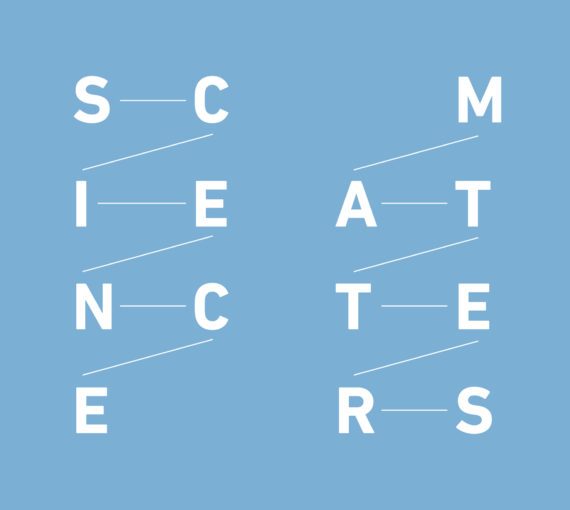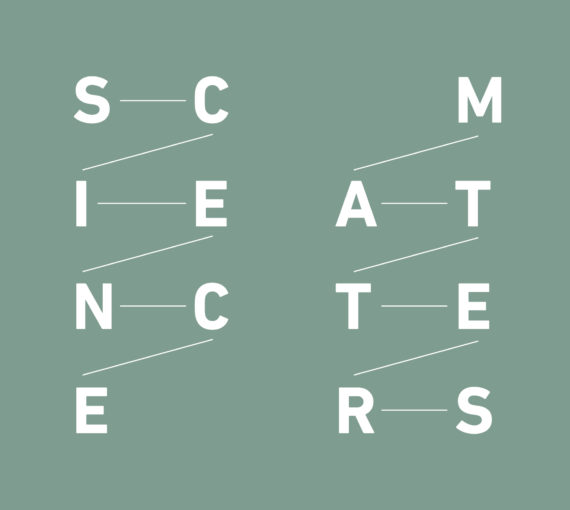A 14-year-old boy in Donetsk, Ukraine, recently made a fascinating discovery halfway around the world and 894 metres under the sea. Kirill Dudko was watching Neptune Canada’s live-stream footage of the ocean floor near Vancouver Island on his computer when he saw a creature with a “nose and moustache” eat a hagfish. It seemed unusual, so he contacted Neptune scientists, who checked the footage and identified an elephant seal.
It was unusual. Predators normally spit out the eel-like hagfish or avoid them altogether because they excrete foul slime when threatened. Scientists had never before seen an elephant seal eat one, and may not have noticed this evidence had it not been for Kirill. They believe the seal quickly slurped up the hagfish before it could release its slime.
Like many “citizen scientists”, Kirill played an important role in advancing our understanding of the world. It takes a lot of study and training to become a scientist, but with some knowledge of scientific method, anyone can practise science.
Citizen science is not a new concept. The Audubon Society started its Christmas bird count in 1900. As the Society explains, from December 14 to January 5, tens of thousands of volunteers throughout the Americas grab their binoculars, bird guides and checklists and head outside. “Each of the citizen scientists who annually braves snow, wind, or rain to take part in the Christmas Bird Count makes an enormous contribution to conservation. Audubon and other organizations use data collected in this longest-running wildlife census to assess the health of bird populations — and to help guide conservation action.”
Thanks to the Internet, citizen science is a more powerful tool than ever before. Some projects are passive, such as Seti@home, where people set their home computers to search for signs of extraterrestrial life when they aren’t using them. Others take a bit more effort. The Louisiana Bucket Brigade provides tool kits and training for people who live near oil refineries and chemical plants to take air samples for lab analysis.
Some, like the American Gut project, are highly interactive, requiring participants to provide detailed information about their diet and send in stool, oral or skin samples. In return for that and varying levels of monetary donations, researchers give participants information about their bodies and the microbial life inside them. The research is designed to “help shape a new way of understanding how diet and lifestyle may contribute to human health through each person’s suite of trillions of tiny microbes.”
Some initiatives require only simple observation. In a recent column, we mentioned RinkWatch, which asks people to send information about outdoor skating rinks to researchers at Ontario’s Wilfrid Laurier University to help track the impacts of climate change. The David Suzuki Foundation has also invited assistance from citizen scientists, most recently asking Canadians to participate in a survey about toxic ingredients in common personal care products like soaps, shampoos and cosmetics.
On its website, Scientific American describes a range of citizen science projects designed to do everything from tracking animals in Africa’s Serengeti to analyzing historical patterns in human DNA to studying the ways people play with their dogs.
Beyond providing valuable research, citizen science is a fun way for people to engage with nature and learn about the world and their place in it. Participating in the bird count, for example, is a good way for individuals and families to enjoy time outside in winter. Citizens can also enjoy the results of the research. Do you want to know what an indigo-banded kingfisher or a forest elephant sounds like? Cornell University’s Macaulay Library is “the world’s largest and oldest scientific archive of biodiversity audio and video.” Thanks to contributors worldwide, site visitors can hear sounds made by three quarters of the Earth’s birds, as well as a large number of insects, mammals, fish and amphibians. And anyone can add to the collection.
Some citizen scientists get involved for fun. Others have a general interest in science or a particular research area. Kirill Dudko plans to become a marine biologist. Regardless of their reasons or level of involvement, all citizen scientists help us gain a better understanding of the world and our place in it.



